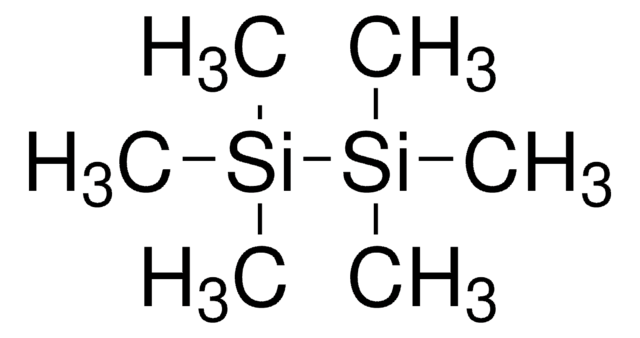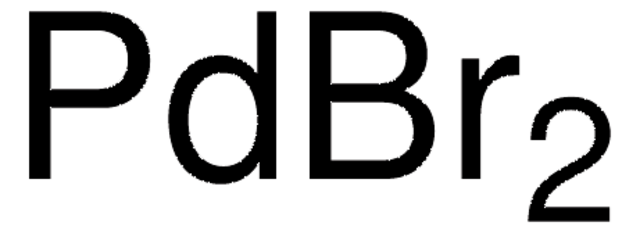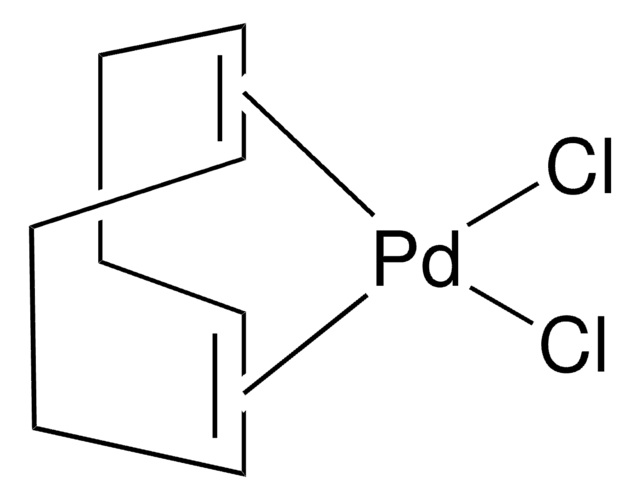339768
Palladium(II)-tetrafluoroborat Tetraacetonitril-Komplex
Synonym(e):
Tetrakis(acetonitril)palladium(II)
About This Item
Empfohlene Produkte
Form
solid
Qualitätsniveau
Eignung der Reaktion
reaction type: Buchwald-Hartwig Cross Coupling Reaction
reaction type: Cross Couplings
reaction type: Heck Reaction
reaction type: Hiyama Coupling
reaction type: Negishi Coupling
reaction type: Sonogashira Coupling
reaction type: Stille Coupling
reaction type: Suzuki-Miyaura Coupling
reagent type: catalyst
core: palladium
reagent type: ligand
mp (Schmelzpunkt)
230 °C (dec.) (lit.)
SMILES String
[Pd++].CC#N.CC#N.CC#N.CC#N.F[B-](F)(F)F.F[B-](F)(F)F
InChI
1S/4C2H3N.2BF4.Pd/c4*1-2-3;2*2-1(3,4)5;/h4*1H3;;;/q;;;;2*-1;+2
InChIKey
YWMRPVUMBTVUEX-UHFFFAOYSA-N
Allgemeine Beschreibung
Anwendung
Reactant involved in:
- Reactions where it plays a role as the metal source due to weakly coordinated acetonitrile ligands
Precursor for:
- Synthesis of dendritic SCS-pincer palladium complexes
- Palladium complexes of click ligands
- Dipalladium catalysts for use in Heck cross-coupling, Suzuki cross-coupling, and aldehyde olefination
Signalwort
Warning
H-Sätze
Gefahreneinstufungen
Acute Tox. 4 Inhalation
Lagerklassenschlüssel
11 - Combustible Solids
WGK
WGK 3
Flammpunkt (°F)
Not applicable
Flammpunkt (°C)
Not applicable
Persönliche Schutzausrüstung
dust mask type N95 (US), Eyeshields, Gloves
Analysenzertifikate (COA)
Suchen Sie nach Analysenzertifikate (COA), indem Sie die Lot-/Chargennummer des Produkts eingeben. Lot- und Chargennummern sind auf dem Produktetikett hinter den Wörtern ‘Lot’ oder ‘Batch’ (Lot oder Charge) zu finden.
Besitzen Sie dieses Produkt bereits?
In der Dokumentenbibliothek finden Sie die Dokumentation zu den Produkten, die Sie kürzlich erworben haben.
Kunden haben sich ebenfalls angesehen
Artikel
The Heck reaction is the palladium catalyzed cross-coupling reaction between alkenes and aryl or vinyl halides (or triflates) to afford substituted alkenes.
Unser Team von Wissenschaftlern verfügt über Erfahrung in allen Forschungsbereichen einschließlich Life Science, Materialwissenschaften, chemischer Synthese, Chromatographie, Analytik und vielen mehr..
Setzen Sie sich mit dem technischen Dienst in Verbindung.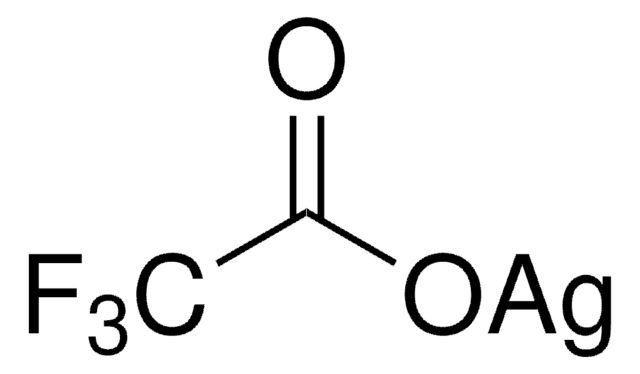

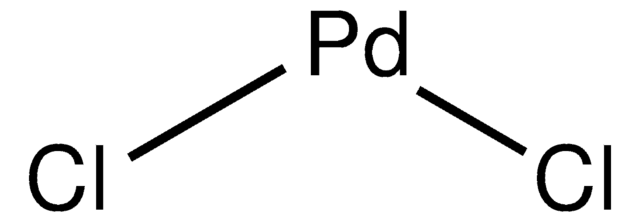
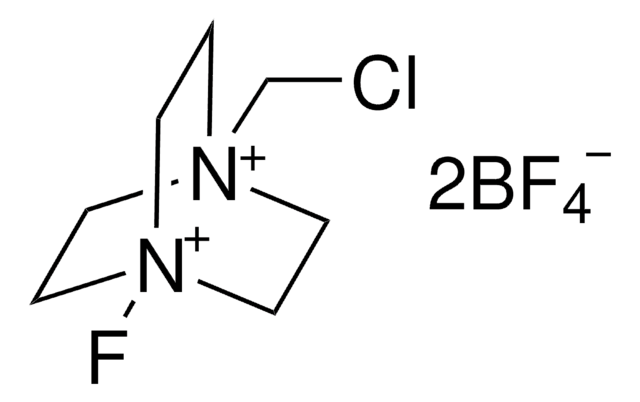
![[Pd(OAc)2]3 reagent grade, 98%](/deepweb/assets/sigmaaldrich/product/structures/508/249/99a0ef2c-b77c-4d73-8ed9-0cca05b6b41f/640/99a0ef2c-b77c-4d73-8ed9-0cca05b6b41f.png)
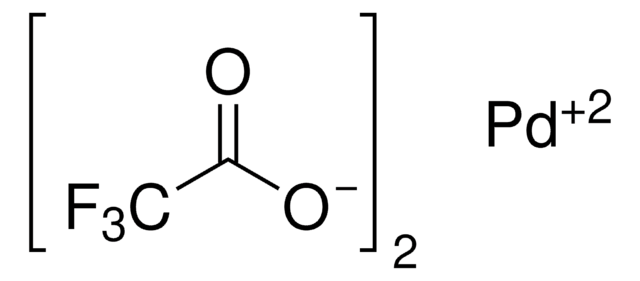
![[1,3-Bis(diphenylphosphino)propane]palladium(II) triflate](/deepweb/assets/sigmaaldrich/product/structures/166/337/99b8a24a-ca05-4e6c-81be-76f69b32d1d0/640/99b8a24a-ca05-4e6c-81be-76f69b32d1d0.png)



